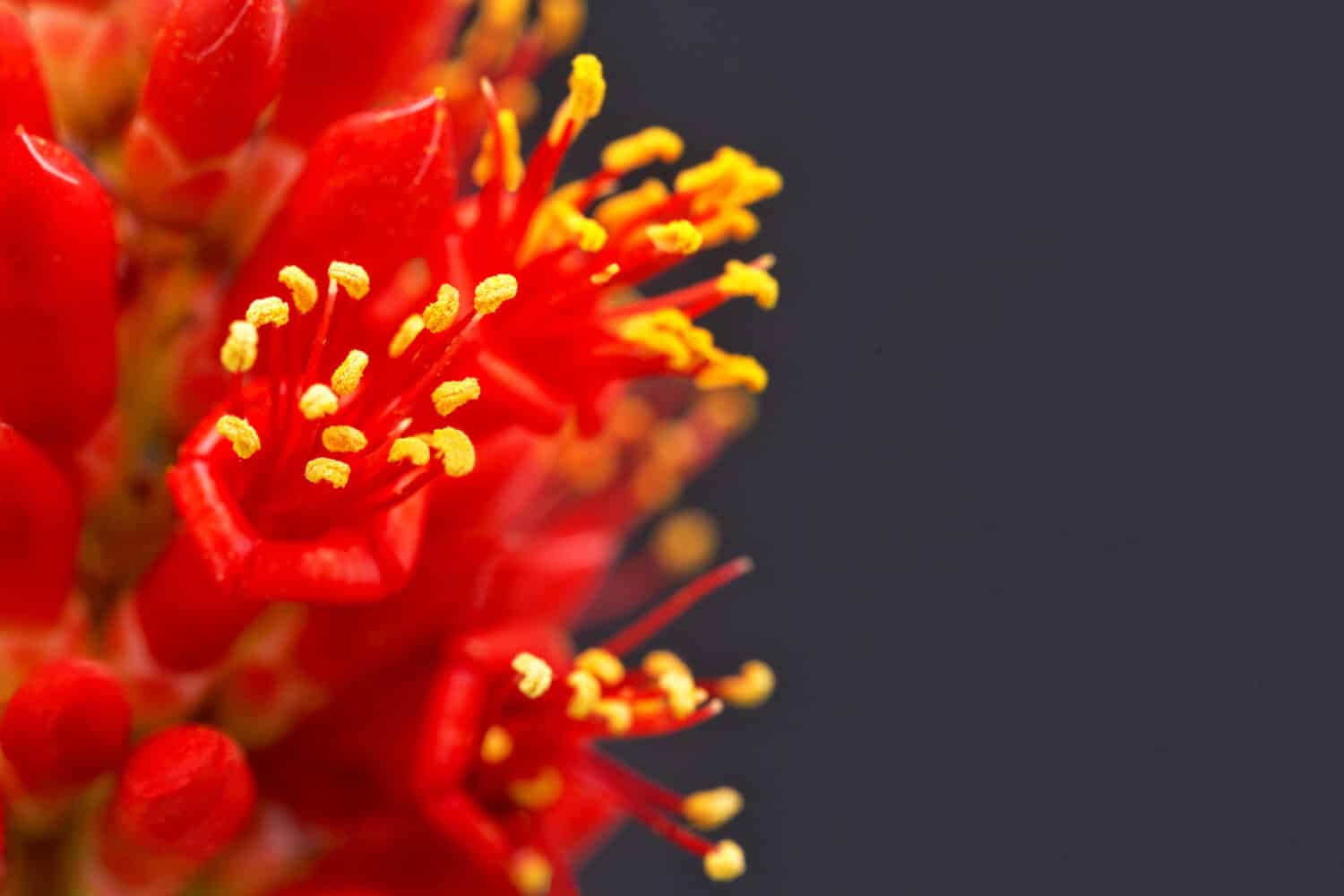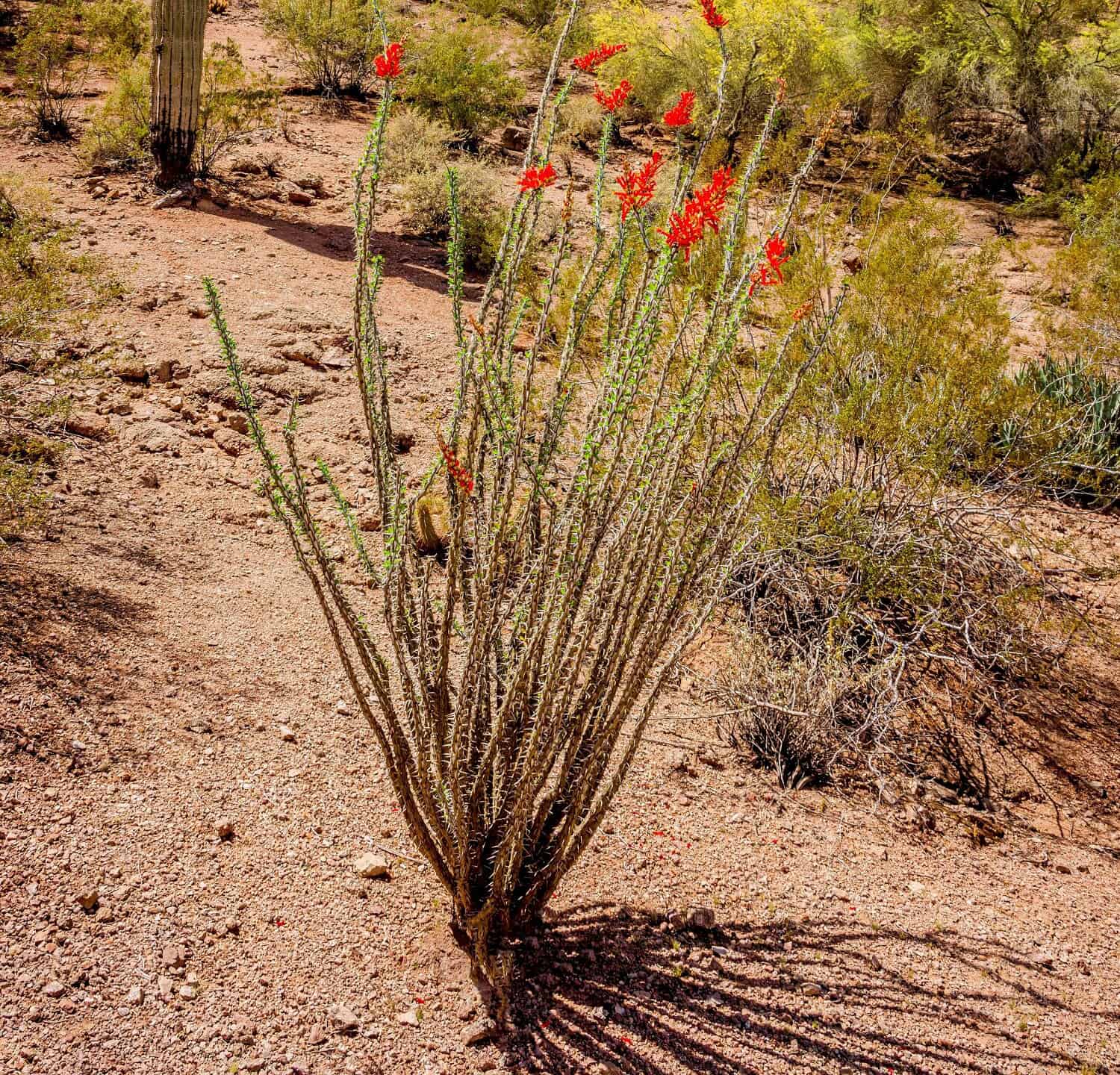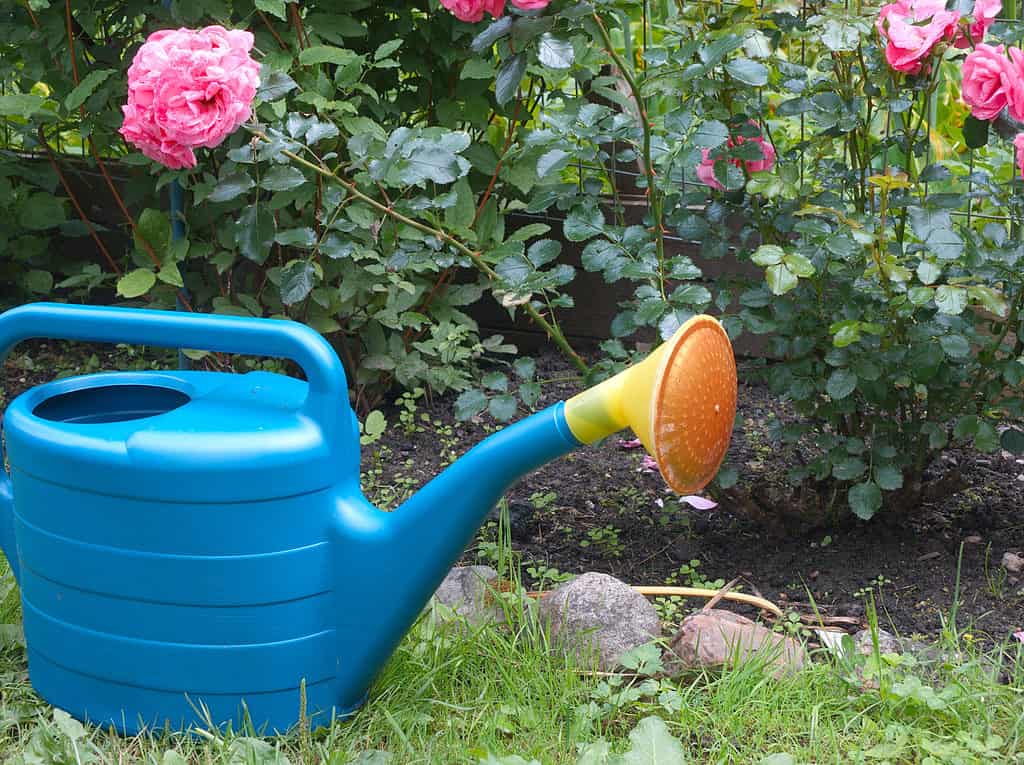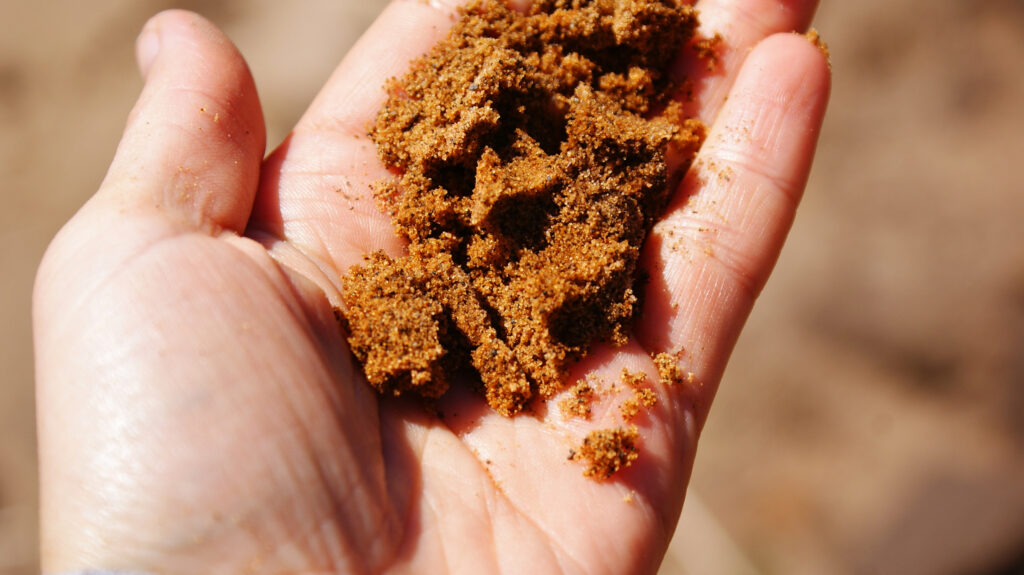The ocotillo cactus is a beautiful semi-succulent that produces dazzling small red flowers. It has many names and is a popular plant in the United States. It’s mainly grown outside and reaches impressive lengths and heights. Interestingly, despite its name, the ocotillo cactus isn’t a cactus. Instead, it’s more closely related to other plants like blueberries.
Have you thought of trying to grow your ocotillo cactus? The plant offers many uses and is a great ornamental plant. Here, we will dive into how to take care of an ocotillo cactus. Follow along to learn more!
What is an Ocotillo Cactus?
The ocotillo cactus has many names. Its scientific name is the Fouquieria splendens. Other common names for this plant include buggywhip, coachwhip, candlewood, slimwood, desert coral, vine cactus, and Jacob’s staff. This flowering shrub is native to parts of the United States and Mexico. In the United States, ocotillo cacti grow naturally in the Sonoran Desert and Chihuahuan Desert, and the Colorado Desert. In Mexico, you can find this plant in the north as far south as Hidalgo and Guerrero.
Like many plants with “cactus” in their name, the ocotillo isn’t a cactus. Instead, it’s a large desert shrub with semi-succulent properties. The stems are large and green, however, the plant does appear dead and dry for most of the year. However, with heavy rainfall, the plant grows many small 2-inch ovate green leaves. This plant varies in height but can grow up to 33 feet. It also spreads wide. The stems are thin and pole-like. Interestingly, any new growth in this plant begins at the base of the spine.
This plant has a unique look and produces clusters or small bright red flowers at the ends. The flowers are beautiful and are edible. This plant also has many uses and a long history. Native Americans used multiple properties of this desert shrub in medicine.

The ocotillo cactus is a tall shrub with bright red flowers. It can grow up to 33 feet tall.
©Cheri Alguire/Shutterstock.com
When Will My Ocotillo Cactus Bloom?
Did you know “ocotillo” means little torch in Spanish? This describes the flowers on the plant very well. This plant produces beautiful flowers on the tips of its branches. The bright red flowers bloom once from March through June. During summer these lovely flowers bloom frequently, depending on the amount of rainfall.

Ocotillo cactus flowers bloom during spring and summer, but the frequency depends on the rainfall.
©Florence-Joseph McGinn/Shutterstock.com
Caring for an Ocotillo Cactus
Ocotillo cacti are desert-loving drought-tolerant plants. These plants are very common in the southwestern United States and are grown as ornamentals. Although they thrive outside without much interference, there are some things you can do to help this plant grow and flower. This plant attracts pollinators and is sometimes grown for its medicinal properties. Follow along to learn how to grow and care for ocotillo cacti.

Ocotillo cacti are easy to take care of and thrive in dry desert-like conditions.
©Dusty Roads/Shutterstock.com
Lighting
Ocotillo cacti need a lot of sun and light. They thrive in direct sunlight and are best grown as outdoor plants. These plants can bring a pop of color to your garden and attract pollinators. The best USDA zones to grow this lovely desert plant are zones 8 to 11.
Watering
Light isn’t the only important factor to consider when taking care of an ocotillo cactus. This large shrub also needs enough water to survive and flower. Watering this plant isn’t something that you’ll have to worry about or stress over. This fascinating shrub retains water well and stores it for years! You only need to water this plant about once a month. Instead of soaking your plant, spray the soil with water.
During fall and winter, many ocotillo plants don’t need additional water. Instead, too much water can cause yellow spots and breakage. It’s better to underwater your ocotillo than over water. These plants need less watering when they are mature and established. They are established when the leaves grow in and the plant produces flowers.

Ocotillo plants don’t need a lot of water. Instead, they store water well and are very drought-tolerant.
©iStock.com/victorass88
Nutrients
Is fertilizer or plant food necessary? Not all ocotillo cacti are suffering from a loss of nutrients, but a little bit of fertilizer can help. Remember though, a small amount goes a long way. If you choose to fertilize your lovely ocotillo plant, do so sparingly with light fertilizer. It’s best to fertilize once a season. If you provide too many nutrients and plant food to your ocotillo cactus, it may produce fewer or no flowers because of stress.
Soil-Type
The soil for this plant needs to be well-draining. Since the roots absorb water well, too much water can drown the roots. Well-draining soil with organic materials leads to a healthy and happy ocotillo cactus. You can purchase succulent soil or make your own with different materials including pebbles, sand, clay, and more. If you are planting your ocotillo outside, it’s best if you weigh down the base of the shrub with rocks and mulch. This way, the roots aren’t exposed, and the plant has some stability.

Ocotillo cacti need well-draining sandy, or rocky soil.
©Svetlana Akhmedova/Shutterstock.com
Uses
The ocotillo cactus isn’t just planted for its unique appearance and beautiful flowers. It’s also an important plant for pollinators. The bright red-orange and yellow flowers attract butterflies and hummingbirds. Imagine looking out your window and seeing a hummingbird in your ocotillo plant!
The red flowers are also edible. They are sometimes used in salads for their tangy flavor and to add a pop of color. The flowers are also dried and used in teas. Ocotillo flowers aren’t the only useful part of the plant. The stems are also sometimes used as natural walking sticks.
This plant has been used medicinally for many years. Native Americans used this plant to stop bleeding. The plant is still sometimes used to relieve fatigue and treat varicose veins, urinary tract infections, and coughs.

Ocotillo plants have many uses. You can crush and dry the flowers to blend into a tea.
©M.M.PHOTO/Shutterstock.com
How to Propagate an Ocotillo Plant
There is no shortage of ocotillo plants in the world. However, instead of running out the door to purchase one, did you know you could propagate these lovely plants? The problem with propagation is the rooting process doesn’t have a high success rate. These plants are unpredictable and while you can plant these lovely shrubs any time of the year, it’s best to wait until winter. This is especially true if you live in a desert region since seedlings and young ocotillo plants need a lot of water.
There are two ways you can propagate an ocotillo cactus, in the ground or a container. The problem with growing these lovely plants in containers is that they outgrow them quickly. Ocotillo plants grow quickly and spread fast. If you grow in a container, you’ll need a 4 to 6-inch cutting. After you take your cutting by slicing or cutting at an angle, you’ll need to strip the leaves off. If you keep the leaves they can rot. Place the new cuttings in well-draining containers with desert potting soil. Expose them to light from a window. Wait until you see new growth before you water regularly. Instead, keep the soil moist and light.
It’s easier to plant this succulent in the ground. Cut multiple cuttings and wrap them together in a bunch. You can use it twice. Plant the bunch into a pot with sandy soil. Pack the soil tightly so that the cuttings don’t fall over. Water lightly and maintain an eye on the plant for a few months. This process takes a while.
The photo featured at the top of this post is © Around the World Photos/Shutterstock.com
Thank you for reading! Have some feedback for us? Contact the AZ Animals editorial team.






